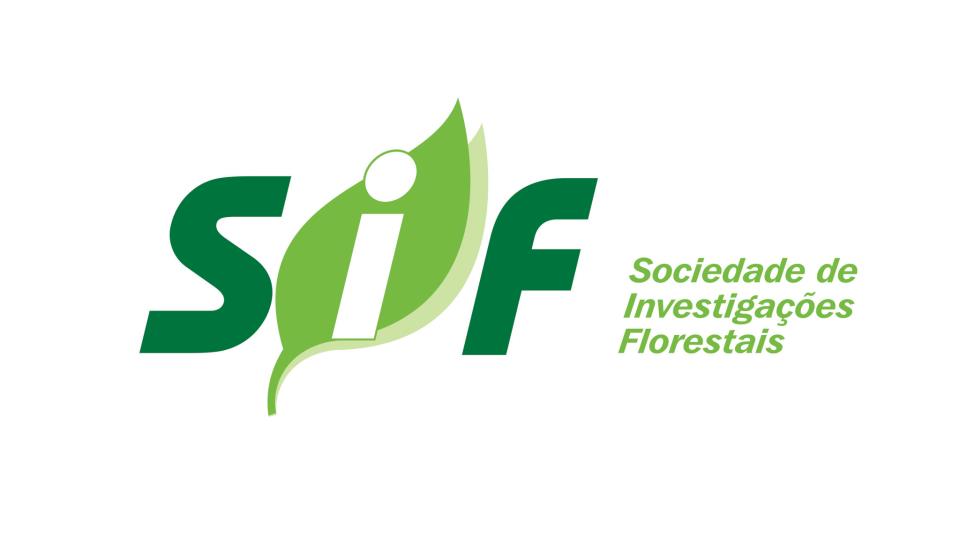Biblioteca Florestal
Digital
Digital
Estrutura temporal de sete populações em três fragmentos florestais no Alto Rio Grande, Minas Gerais

- Página inicial
- →
- Biblioteca Florestal Digital
- →
- Periódicos
- →
- Cerne
- →
- Cerne - v.15, n.1, 2009
- →
- Ver item
JavaScript is disabled for your browser. Some features of this site may not work without it.
| dc.contributor.author | Carvalho, Lidiany Camila da Silva | |
| dc.contributor.author | Gonzaga, Anne Priscila Dias | |
| dc.contributor.author | Machado, Evandro Luiz Mendonça | |
| dc.contributor.author | Sousa, Helaine de | |
| dc.contributor.author | Botrel, Rejane Tavares | |
| dc.contributor.author | Silva, Vagner Fernandes | |
| dc.contributor.author | Rodrigues, Luciene Alves | |
| dc.contributor.author | Oliveira-Filho, Ary Teixeira de | |
| dc.date.accessioned | 2015-10-28T18:09:01Z | |
| dc.date.available | 2015-10-28T18:09:01Z | |
| dc.date.issued | 2009-01 | |
| dc.identifier.citation | CARVALHO, L. C. S. et al. Estrutura temporal de sete populações em três fragmentos florestais no Alto Rio Grande, Minas Gerais. Cerne, Lavras, v. 15, n. 1, p. 58-66, jan./mar. 2009. | pt_BR |
| dc.identifier.issn | 0104-7760 | |
| dc.identifier.uri | http://www.bibliotecaflorestal.ufv.br:80/handle/123456789/15989 | |
| dc.description.abstract | Objetivou-se, neste trabalho, verificar variações na dinâmica de sete populações arbóreas (Copaifera langsdorffii, Cupania vernalis, Sebastiania commersoniana, Luehea grandiflora, Machaerium stipitatum, Machaerium villosum e Tapirira obtusa), em três fragmentos localizados nos municípios de Ibituruna, Ingaí e Luminárias. Foram escolhidas as populações com 15 ou mais indivíduos (incluindo mortos e recrutas), nos inventários realizados em 2000 e 2005 por meio de parcelas permanentes, sendo amostrados os indivíduos com DAP > 5cm. As análises foram feitas usando os resultados dos dois levantamentos (número de indivíduos, área basal e distribuição diamétrica). Não foi encontrado um padrão quanto ao comportamento das populações nas três áreas estudadas. Em Ingaí, C. langsdorffii e C. vernalis aumentaram em número de indivíduos, S. commersoniana e M. villosum reduziram em densidade e em área basal, e T. obtusa somente em número, e L. glandiflora e M. stipitatum se mantiveram. Todas as espécies concentraram a maior parte dos indivíduos nas classes de menores diâmetros - classes I e II (de 5 a 10cm e de 10 a 20cm). Em Ibituruna, todas as populações, exceto C. langsdoffii, reduziram em número de indivíduos e predominaram na classe de diâmetro II, e houve incremento em área basal para C. vernalis e L. grandiflora. Em Luminárias, S. commersoniana apresentou ganho em densidade, M. stipitatum não alterou e as demais populações reduziram em densidade de indivíduos. Quanto à área basal todas as espécies apresentaram um incremento, exceto M. villosum. Pela distribuição diamétrica verifica-se que prevaleceu, para a maioria das populações, uma concentração de indivíduos na classe I. | pt_BR |
| dc.description.abstract | The study evaluated variations in the dynamics of seven arboreal populations (Copaifera langsdorffii, Cupania vernalis, Sebastiania commersoniana, Luehea grandiflora, Machaerium stipitatum, Machaerium villosum and Tapirira obtuse), in three fragments located in the municipal districts of Ibituruna, Ingaí and Luminárias. The populations were chosen with 15 or more individuals (including dead and recruited), in the surveys carried out in 2000 and 2005 through permanent plots. All individuals with DBH > 5cm were sampled. The analyses were made using the results of the two surveys (number of individuals, basal area and diametric distribution). No pattern was found with relation to the behavior of the populations in the three areas studied. In Ingaí, C. langsdorffii and C. vernalis increased in number of individuals, S. commersoniana and M. villosum reduced in density and in basal area, T. obtuse in number, and L. glandiflora and M. stiptatum remained the same. All species concentrated most of the individuals in the smaller diameter classes I and II (from 5 to 10cm and from 10 to 20cm). In Ibituruna, all the populations, except C. langsdoffii, reduced in number of individuals and were predominant in diameter class II. There was an increase in basal area for C. vernalis and L. grandiflora. In Luminárias, S. commersoniana presented gain in density, and M. | pt_BR |
| dc.format | 9 páginas | pt_BR |
| dc.language.iso | pt_BR | pt_BR |
| dc.publisher | Universidade Federal de Lavras | pt_BR |
| dc.relation.ispartofseries | Cerne:v.15,n.1; | |
| dc.subject.classification | Ciências Florestais::Meio ambiente::Ecologia e ecossistemas florestais | pt_BR |
| dc.title | Estrutura temporal de sete populações em três fragmentos florestais no Alto Rio Grande, Minas Gerais | pt_BR |
| dc.title | Seven population temporal structure in three forest fragments in the Upper Rio Grande region, Minas Gerais | pt_BR |
| dc.type | Artigo | pt_BR |
Arquivos deste item
| Arquivos | Tamanho | Formato | Visualização | |
|---|---|---|---|---|
| Cerne_v15_n1_p58-66_2009.pdf | 281.8Kb |

|
Visualizar/ |
|





